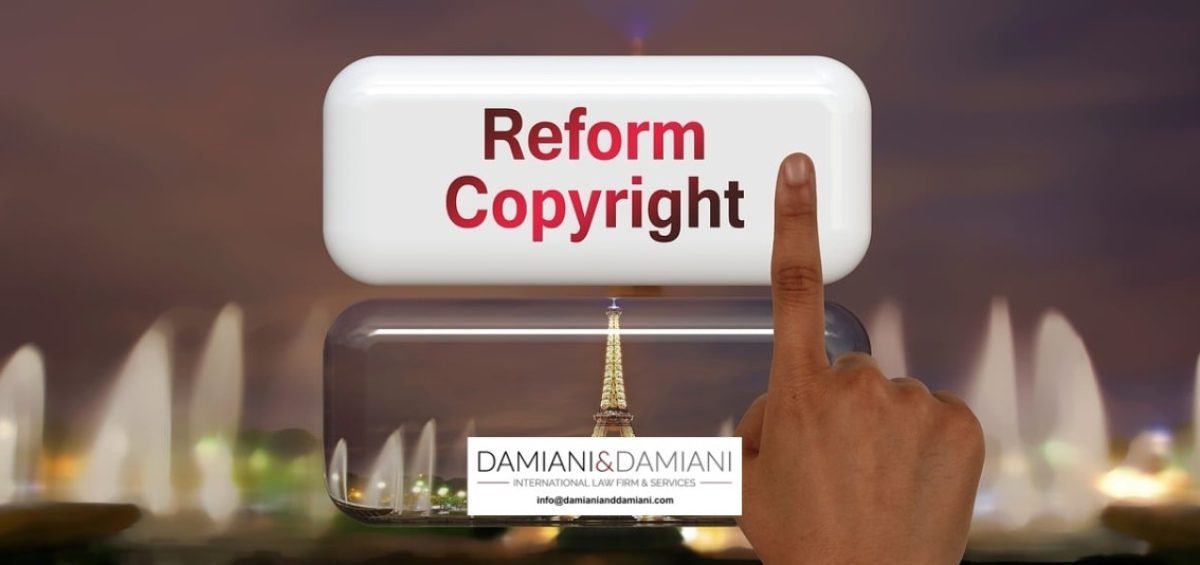Among the multiple aims of the Barnier Directive, which was approved by the EU to harmonise copyright laws among Member States and adapt them to the rapidly evolving digital environment, was to eliminate Member States’ monopolies on the management of copyright for works of culture and creativity. In fact, the purpose of the Directive was also to assert the rights of authors and artists in the digital single market, while ensuring a balance between protecting intellectual property and promoting access to knowledge and culture.
The Directive’s provisions for the protection of artists in online platforms
The most relevant provisions of the Barnier Directive include the introduction of new rules for online platforms that host user-uploaded content, such as YouTube and Facebook, so as to ensure them taking greater responsibility towards copyrighted content. For platforms, this entails implementing content filtering systems and automatic recognition of copyright-protected works in order to prevent any unauthorised circulation of such works. Furthermore, platforms are required to provide authors with effective means to enforce their rights and obtain fair remuneration for the use of their works. These provisions are crucial to ensure that artists are adequately compensated for their work and that copyright is respected in the increasingly complex environment of online platforms.
Implementation of the Directive and the end to the SIAE monopoly. The Soundreef case
The Barnier Directive also provided for the introduction of new exceptions and limitations to copyright, in order to ensure a balance between the protection of authors’ interests and the accessibility of culture and knowledge. These exceptions may include freedom of panorama, which permits photography and video footage of architectural and artistic works located in public places, as well as the right to parody, which allows the use of copyrighted works for satirical purposes. The most important innovations introduced, however, include the end to the monopoly of copyright management by a single organisation, such as the Italian SIAE.
Copyright, EUCJ rejects Italian implementation of the Barnier Directive
In fact, the EUCJ has recently rejected the law implementing the Barnier Directive on the liberalisation of the copyright market in Italy. The European judge has ruled against Italy’s implementation of the Barnier Directive, as commercial companies must also be allowed to operate as collecting societies. In the law transposing the Directive, Italy had liberalised the copyright sector by opening up the market of copyright management and by placing only non-profit entities alongside SIAE, thus preventing commercial companies from acting freely. The case came before the Court of Justice as a result of the litigation between LEA, a branch of Soundreef, and Jamendo, a foreign copyright marketplace based in Luxembourg, which had entered the Italian market. In fact, Legislative Decree 35/2017, which followed the liberalisation of the copyright market in Italy, defined the operating rules for industry players, imposing, among other things, the obligation to notify the Italian Agcom of the start of rights management activities. While Lea, a non-profit organisation which is part of Soundreef, complied with these requirements, Jamendo, new to the Italian market, did not – and was therefore brought to court by Soundreef. Instead of passing judgement, the Court of Rome raised a curious similarity in the parties’ legal arguments, and traced the issue back to how Italy had implemented the Barnier Directive. Consequently, the case was referred to the European Court of Justice.
The Soundreef case that followed the EU ruling on the Law implementing the Barnier Directive
The judgement points out that by not allowing independent management entities from other EU member states to offer their copyright management services in Italy, the Italian legislation posed a restriction to the freedom to provide services. Initially, Italian law had removed the exclusive rights held by SIAE and required private collecting societies, such as Soundreef, to identify non-profit entities to act as intermediaries. Now this decision brings the situation back to the pre-2017 period, characterised by frequent public disputes between SIAE and Soundreef. Indeed:
- The EU Court of Justice’s decision reflects the inadequacies, relative to EU rules, in the way Italy has implemented the Barnier Directive, especially when maintaining exclusivity for SIAE and allowing only non-profit entities to operate;
- This ruling opens the Italian copyright management market to all entities, eliminating outdated monopolistic positions and adapting to the global, fast-paced and interconnected nature of today’s music market.
- The ruling is seen as potentially creating a ‘far west’ in the sector, which could ultimately harm local authors, as expressed by the Italian Ministry of Culture.
In conclusion, this ruling could have a significant impact on the landscape of copyright management in Italy and Europe, favouring a more liberal and inclusive market approach and opening up a scenario of legal disputes between SIAE and several Italian and foreign marketplaces.

















